Social Activities
Except from the formal social activities which will be arranged, at the end of each day, we propose that everyone takes dinner in one of the recommended restaurants on the ‘City of Athens‘ page.
We welcome the organisation of informal social activities (music, dancing, etc.)
as they arise organically over the days of the Symposium.
Isokratisses / Ισοκράτισσες
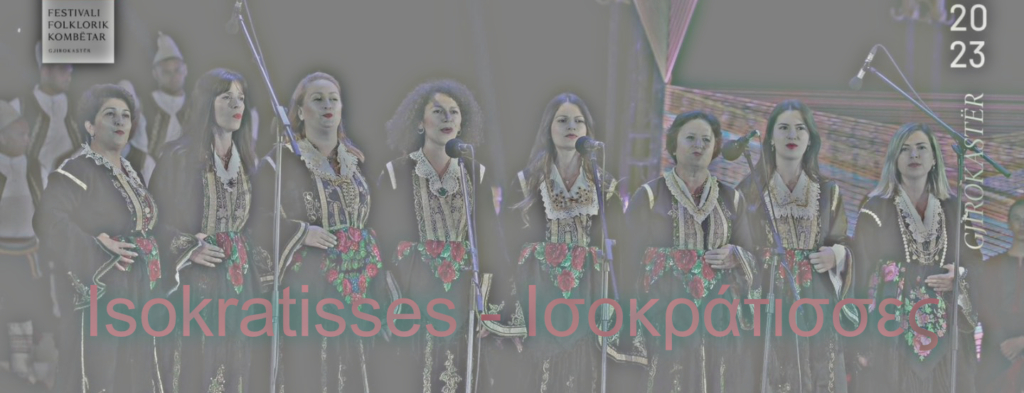
The Isokratisses are a female vocal ensemble that sing the polyphonic songs of Epirus, a traditional folk polyphony practiced in southern Albania and northwestern Greece. Some members of Isokratisses come from villages of the Greek minority in Albania, most of them come from Polytsani Pogoniou (Πολύτσανη Πωγωνίου) and other members are from Deropoli (Δερόπολη).
All have been listening to or singing these songs from an early age. In 2015, at the initiative of Anna Katsis (Άννα Κάτση), they created an artistic group with the aim of sharing the musical lived experience they received from previous generations, finding their own polyphony through the interaction of voices and roles.
Since then they have taken part in various concerts in Greece and abroad, they have recorded for two Greek record labels and they have released an album for the overseas market with producer Christopher King. They have also collaborated with many artists in various events.
Read more here: onassis.org/people/isokratisses
(You can change the language of the above webpage from Greek to English.)
E-mail: isokratissesgroup@gmail.com
Facebook: https://www.facebook.com/isokratisses/
YouTube: https://www.youtube.com/@stryxninh/videos
Instagram: https://www.instagram.com/isokratissesgroup/
Akropolis Museum
In the evening of Friday, the 22nd of September, we may gather in the Acropolis Museum and while the sun sets over the Sacred Rock we may experience a tour in one of the most contemporary museums of Europe. We will hear about myths that gave birth to truths, and why not, truths that gave birth to legends.
More practical details will be added soon. Note: limited seat availability.
Kindly let’s have your interest at pcesymposium2023@gmail.com
Read more here: theacropolismuseum.gr/en
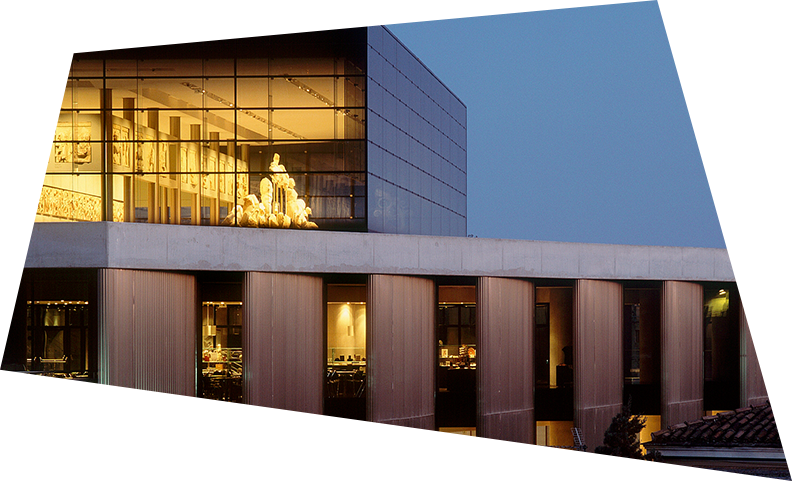
Book stall

A book stall will be available during the Symposium (Friday 22 & Saturday 23) where a selection of books can be purchased.
Authors and editors attending the conference will be available to sign books and discuss their work.
You will be able to explore several titles of relevant topics published from Routledge, Eurasia Publications, etc.
More specifically, the following titles might interest you:
English
Manu Bazzano (Publisher: Routledge)
- Subversion and Desire: Pathways to Transindividuation
- Nietzsche and Psychotherapy
- Re-Visioning Existential Therapy: Counter-traditional Perspectives
- Re-Visioning Person-Centred Therapy: Theory and Practice of a Radical Paradigm
- Zen and Therapy: Heretical Perspectives
- Therapy and the Counter-tradition: The Edge of Philosophy
Nikolaos Kypriotakis & Judy Moore (Eurasia Publications)
- Senses of Focusing, Vol. 1
- Senses of Focusing, Vol. 2
Campbell Purton (Eurasia Publications)
- Self-Therapy: A Focusing guide
Greek
- FOCUSING Διαδικασία Εστίασης:
Πώς να έχετε άμεση πρόσβαση στην νοημοσύνη του σώματός σας
(Με βάση την αναθεωρημένη και ανανεωμένη 25η εορταστική έκδοση του κλασικού bestseller)
(Εurasia Publications)- Περιοδικό Εποχή / Epoché (Φαινομενολογικές Ψυχοθεραπείες)
(Eurasia Publications) (Tεύχη 1 – 16)
Winds / Άνεμοι, Αέρηδες
ΑΧΙΟΝ ΕΣΤΙ (“Worthy it is”) …
THE. LEADING WINDS who officiate
who raise the sea like the Mother of God
who blow and the oranges light up
who whistle to the mountains and they come
Beardless novices of the storm
runners who covered the miles of sky
Hermeses with their pointed sunhats
and with the caduceus of black smoke
Maistros, Levantes, Garbis
Pounentes, Graigos, Sirocco
Tramountana, Ostria
Odysseus Elytis
(also spelled Odysseas Elytēs, Greek poet and winner of the 1979 Nobel Prize for Literature)
“Gloria”, The Axion Esti
(Translated by Jeffrey Carson and Nikos Sarris)
ΟΙ ΣΗΜΑΝΤΟΡΕΣ ΑΝΕΜΟΙ που ιερουργούνε
που σηκώνουν το πέλαγος σα Θεοτόκο
που φυσούν και ανάβουνε τα πορτοκάλια
που σφυρίζουν στα όρη κι έρχονται
Οι αγένειοι δόκιμοι της τρικυμίας
οι δρομείς που διάνυσαν τα ουράνια μίλια
οι Ερμήδες με το μυτερό σκιάδι
και του μαύρου καπνού το κηρύκειο
Ο Μαΐστρος, ο Λεβάντες, ο Γαρμπής
ο Πουνέντες, ο Γραίγος, ο Σιρόκος
η Τραμουντάνα, η Όστρια
Οδυσσέας Ελύτης
“Δοξαστικόν”, Άξιον Εστί
The Symposium will take place in the heart of ancient Athens. We will look out from our conference venue and be confronted by the ancient Tower of the Winds, the world’s first meteorological station, once topped by a weather vane that indicated the direction of the winds and decorated with a frieze that depicts the eight wind deities.
How do we understand ‘the Winds’, how might they inspire us in creating our own polyphony?
A gust of wind, a breath of air can speak… A gust of wind, a breath of air, has character, characteristics, a voice… One blast is heavy, cold, robust, impetuous… another is sweet, warm, summer-like or cool, fresh as the spring, regenerating, life-giving… Each breath of wind is born differently, moves in different ways, affects us differently… invites or repels… pleases or angers… embraces with sweetness and gaiety or violently repels, dissolves…
Winds have direction, they have power and authority… they are currents, currents and flows of air, flows directed, moving high or low, heading from somewhere, a place definite or undefined, to somewhere else… they have a destination, they have a starting point… they cover or fill an empty space, a void, or they overflow, from a full, totally full, overfull space… Winds heat and cool, are heated and cooled… they move, have movement, are movement…
Along with calmness, quietness, moments of no-breathing, they are the breaths and the breath of the world, of the Earth, peaceful or warlike…
There is a whole weather vane (ανεμολόγιο) of voices, of trends and directions, of destinations and starting points. There is a whole polyphony of winds… spread in poly-space and poly-time… They come and they go. They usually dominate in a place, in a time, in a season and rarely, in some places, in some regions, some winds, some tendencies, one or two, may collide, clash, mix, lose each other into one-another, or meet some high mountain range, a stout, massive resistance, and discharge, be forced to surrender, give up, lose their momentum, against stone, in forests, on frozen mountain tops, in snows and rains, or over the hot sand, leaving, giving or giving up, sharing what they carry, scattering it here and there, over the lands of the Earth, obeying the flow, the flow of energy, the qualities and differences of the elements that compose and haunt life: life’s demons…
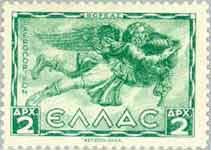 |
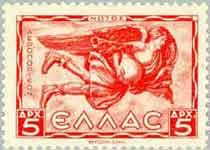 |
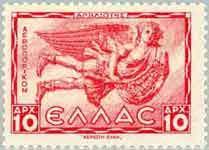 |
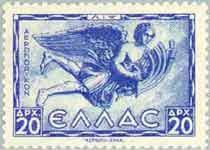 |
|---|---|---|---|
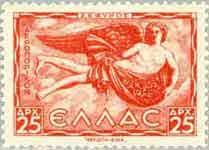 |
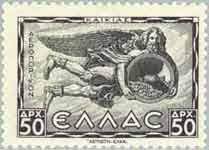 |
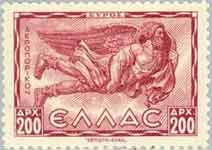 |
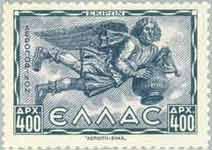 |
Winds in the Tower of Winds
Greece, Athens, Roman Agora
Eight wind deities

Tower of Winds, Athens, Roman Agora
In the ancient Mediterranean world, the classical compass winds were names for the points of geographic direction and orientation, in association with the winds as conceived of by the ancient Greeks and Romans. Ancient wind roses typically had twelve winds and thus twelve points of orientation, sometimes reduced to eight or increased to twenty-four.
Originally conceived as a branch of meteorology, the classical wind rose had only a tentative relationship with actual navigation. The Classical 12-point wind rose was eventually displaced by the modern compass rose (8-point, 16-point and 32-point), adopted by seafarers during the Middle Ages.
The archaic Greek poet Homer (c. 800 BC) refers to the four winds by name – Boreas, Eurus, Notos, Zephyrus – in his Odyssey, and in the Iliad.
Hesiod (c. 700 BCE) in his Theogony (c. 735) gives the four winds mythical personification as gods, the Anemoi (Ἄνεμοι), the children of the Titan gods Astraeus (stars) and Eos (dawn).
From Homer’s winds (4-6-8-wind interpretation) to Aristotle’s wind rose (correspondence to modern compass directions) and then to Theophrastus, and Timosthenes, Eratosthenes and the Tower of Winds have a special place.
It is said that the geographer Eratosthenes of Cyrene (c. 200 BCE), realizing that many winds presented only slight variations, reduced twelve winds down to eight principal winds. Eratosthenes’s own work has been lost, but the story is reported by Vitruvius, who goes on to say Eratosthenes came to this conclusion in the course of measuring the circumference of the earth and felt there were really only eight equally sized sectors, and that other winds were but local variations of these eight principal winds. If true, that would make Eratosthenes the inventor of the eight-wind compass rose.
It is worth noting that Eratosthenes was a disciple of Timosthenes and is said to have drawn principally from his work. But they part ways on this. Both recognized that Aristotle’s ten-wind rose was unbalanced, but while Timosthenes restored balance by adding two winds to make it a symmetric twelve, Eratosthenes deducted two winds to make it a symmetric eight.
It seems that, in practical appeal, Eratosthenes’s reduction may have won the day. The famous “Tower of the Winds” in Athens exhibits only eight winds rather than the ten of Aristotle or the twelve of Timosthenes. The tower is said to have been built by Andronicus of Cyrrhus (c. 50 BCE) but is commonly dated anytime after 200 BCE (that is, after Eratosthenes). It gives as its eight winds Boreas (not Aparctias, N), Caecias (NE), Apeliotes (E), Eurus (SE), Notos (S), Lips (SW), Zephyrus (W) and Sciron (NW, variant of Argestes). Boreas’ reappearance in the North slot in place of Aparctias is notable. The figures on the tower are represented figuratively as gods (Anemoi). It is believed the tower was topped with a weather vane.
The history of wind-o-logy then continues to the Roman empire with Seneca, Pliny, Aulus Gellius, the Vatican table, Isidore of Seville and Vitruvius’s 24-wind rose.
Then, after the Medieval Transition, the history continues with Charlemagne and Arab translators and we end up with The Mariner’s Windrose.
Winds, Anemoi (Άνεμοι, Αέρηδες)
Eratosthenes’ eight principal winds
- Boreas (N) (Βορρέας (βόρειος)),
- Kaikias (NE) (ο Καικίας (βορειοανατολικός))
- Apeliotes (E) ο Απηλιώτης (ανατολικός))
- Eurus (SE) (ο Εύρος (νοτιοανατολικός))
- Notus (S) (ο Νότος (νότιος))
- Lips, Livas (SW) (ο Λιψ (Λίβας, νοτιοδυτικός))
- Zephyrus (W) (ο Ζέφυρος (δυτικός)) and
- Skiron (NW) (ο Σκίρων (βορειοδυτικός))
The Anemoi are minor gods and are subject to the god Aeolus. They were sometimes represented as gusts of wind, and at other times were personified as winged men. They were also sometimes depicted as horses kept in the stables of the storm god Aeolus, who provided Odysseus with the Anemoi in the Odyssey.
Of the four chief Anemoi, Boreas (Aquilo in Roman mythology) is the north wind and bringer of cold winter air, Zephyrus (Favonius in Latin) is the west wind and bringer of light spring and early-summer breezes, and Notus (Auster in Latin) is the south wind and bringer of the storms of late summer and autumn; Eurus, the southeast (or according to some, the east) wind, was not associated with any of the three Greek seasons, and is the only one of these four Anemoi not mentioned in Hesiod’s Theogony or in the Orphic hymns.
The etymology of the names of the four archaic Greek winds is uncertain.
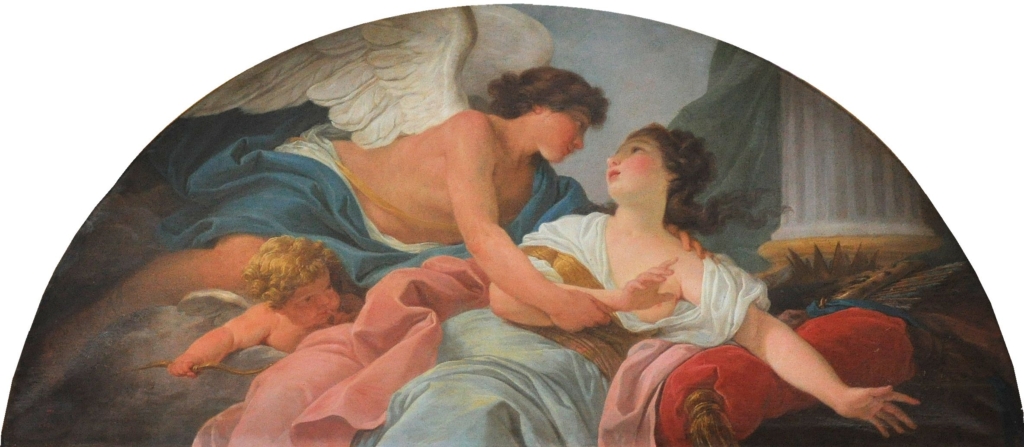
Charles_Monnet_Borée_et_Orythie
Boreas
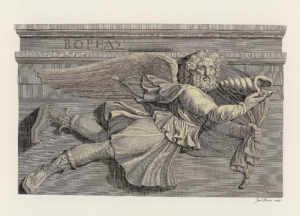
Boreas (Ν) (Βορέας, Βορρέας, Boréas; also Βορρᾶς, Borrhâs) is the Greek god of the cold north wind, storms and winter. Although he was normally taken as the north wind, the Roman writers Aulus Gellius and Pliny the Elder both took Boreas as a northeast wind, equivalent to the Roman Aquilo, similar to Nor’easter winter storms. Boreas is depicted as being very strong, with a violent temper to match. He was frequently shown as a winged old man or sometimes as a young man with shaggy hair and beard, holding a conch shell and wearing a billowing cloak. Pausanias wrote that Boreas had snakes instead of feet, though in art he was usually depicted with winged human feet.
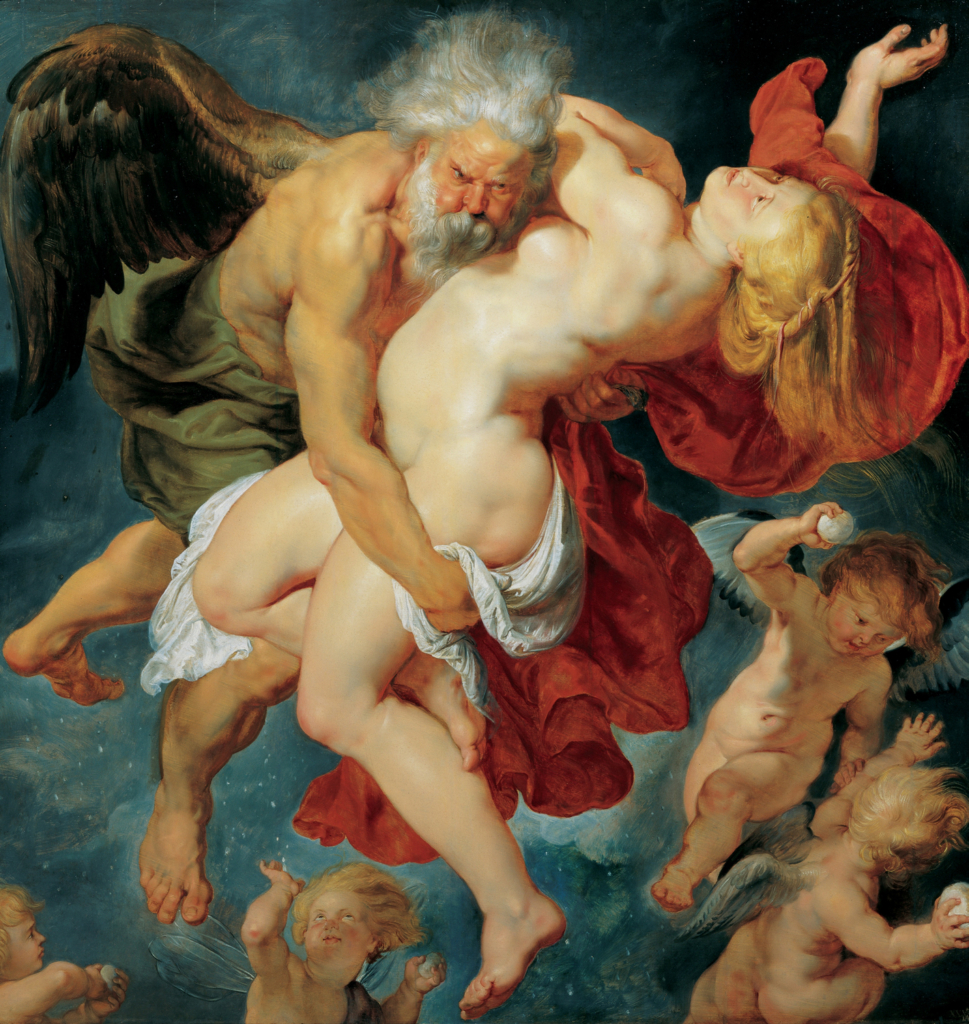
Peter_Paul_Rubens
Boreas was closely associated with horses, storms and winter.
Among tentative propositions is that Boreas might come from “boros”, an old variant of “oros” (Greek for “mountains”, which were to the north geographically). An alternative hypothesis is that it may come from “boros” meaning “voracious”. Another is that it comes from the phrase ἀπὸ τῆς βοῆς (“from the roar”), a reference to its violent and loud noise.
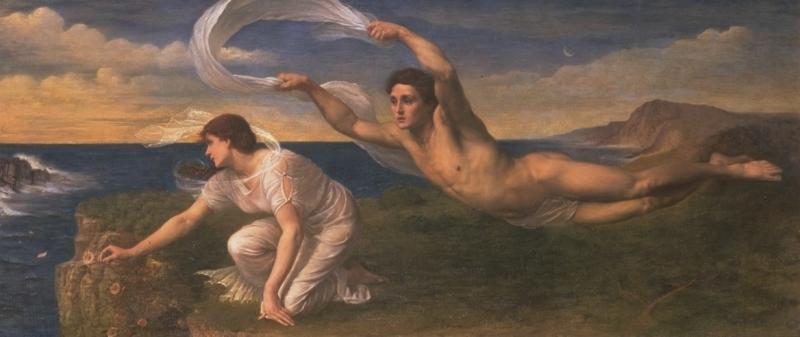
Oswald_von_Glehn_Boreas_and_Orithyia
Boreas, the north wind and the Thracian ruler, kidnapped the princess of Athens Oreithya, daughter Orechtheon.
Aparctias, sometimes called the north wind instead of Boreas.
Old Boreas is mentioned only as an alternative name to Aparctias (ἀπαρκτίας), which means “from the Bear”, that is, the Ursa Major, the Arctic circle.
Kaikias
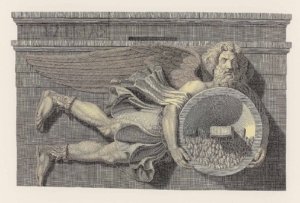
Kaikias (Caecias or Caecius) (Καικίας) is the Greek deity of the northeast wind. He is shown on the monument as a bearded man with a shield full of hailstones.
The remaining winds also seem to be geographical. Caecias (καικίας) means from Caicus, a river in Mysia, a region northeast of the Aegean.
Apeliotes
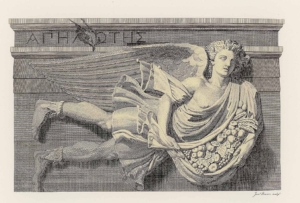
Apeliotes (or Apheliotes) (Απηλιώτης) (the name means “from the (rising) sun” or “from the heat of the sun”) is the Greek deity of the southeast wind. As this wind was thought to cause a refreshing rain particularly beneficial to farmers, he is often depicted wearing high boots and carrying fruit, draped in a light cloth concealing some flowers or grain. He is clean-shaven, with curly hair and a friendly expression. Because Apeliotes is a minor god, he was often identified with Eurus, the east wind.
Notice that in the Aristotelean system, old Eurus is shunted from his traditional position in the cardinal East by Apeliotes (Απηλιώτης).
Eurus
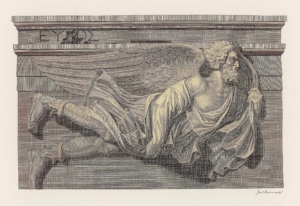
Eurus (Euros) (Εὖρος) according to some was the southeast wind, but according to others the east wind. On the Tower of the Winds in Athens, Eurus occupies the southeast side, while Apeliotes is in the east. However, it is widely accepted that Eurus is the east wind, while Apeliotes is the southeast wind.
Eurus is a wind of storm, described as a turbulent wind during storms and tossing ships on the sea.
“Eurus” seems to come from “brightness” (q.v. Eos), doubtlessly a reference to sunrise.
Notus
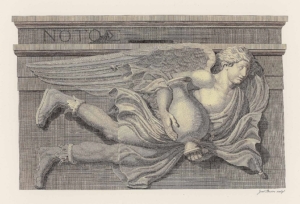
Notus (Nótos) (Νότος) was the Greek god of the south wind or marine tropical air mass (mT). He was associated with the desiccating hot wind of the rise of Sirius after midsummer, was thought to bring the storms of late summer and early autumn, and was feared as a destroyer of crops.
Notos probably comes from “notios” (“moist”, a reference to the warm rains and storms brought from the south).
Lips
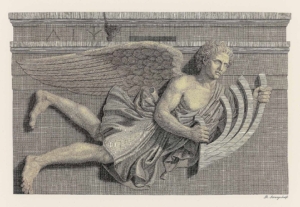
Lips (Λίψ) is the Greek deity of the southwest wind, often depicted holding the stern of a ship.
Lips (λίψ) means “from Libya”, to the southwest of Greece (although an alternative theory connects it to “leibo”, λείβω, same root as libation, meaning pouring, because this wind brought rain).
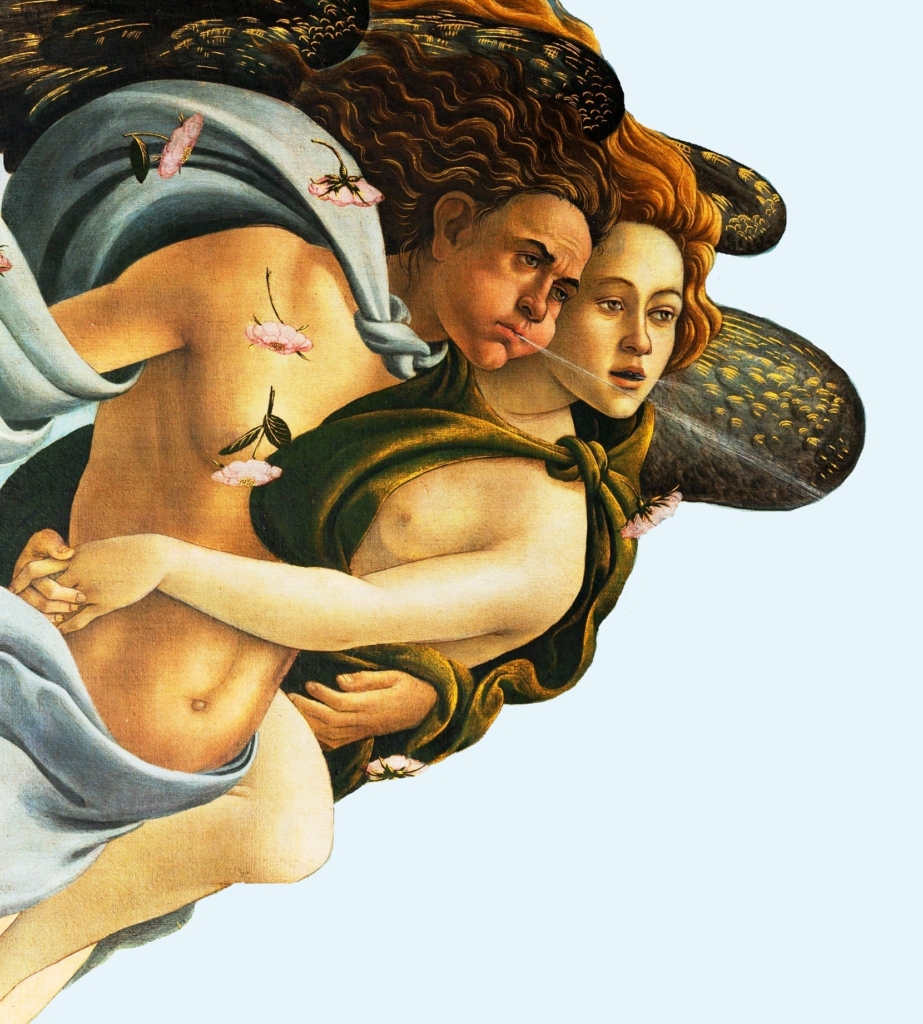
Sandro_Botticelli_The_Birth_of_Venus_Zephyrus
Zephyrus
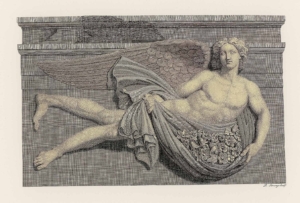
Zephyrus (Gk. Ζέφυρος), sometimes shortened in English to Zephyr, in Greek mythology is the Greek god (or a personification) of the west wind (Punede, Πουνέντες) (which is still referred to by this name even today) or continental tropical air mass (cT). He is considered the son of Ios and Astraios, brother of Boreas. It is a gentle wind, the gentlest one, it cools the Champs-Élysées (Elysian Fields) and helps vegetation. Zephyrus is known as the fructifying wind, the messenger of spring. It was thought that Zephyrus lived in a cave in Thrace. He married the goddess Iris and instead of children he had Achilles’ two horses, Xanthos (or Xanthus) and Valio (or Balius).
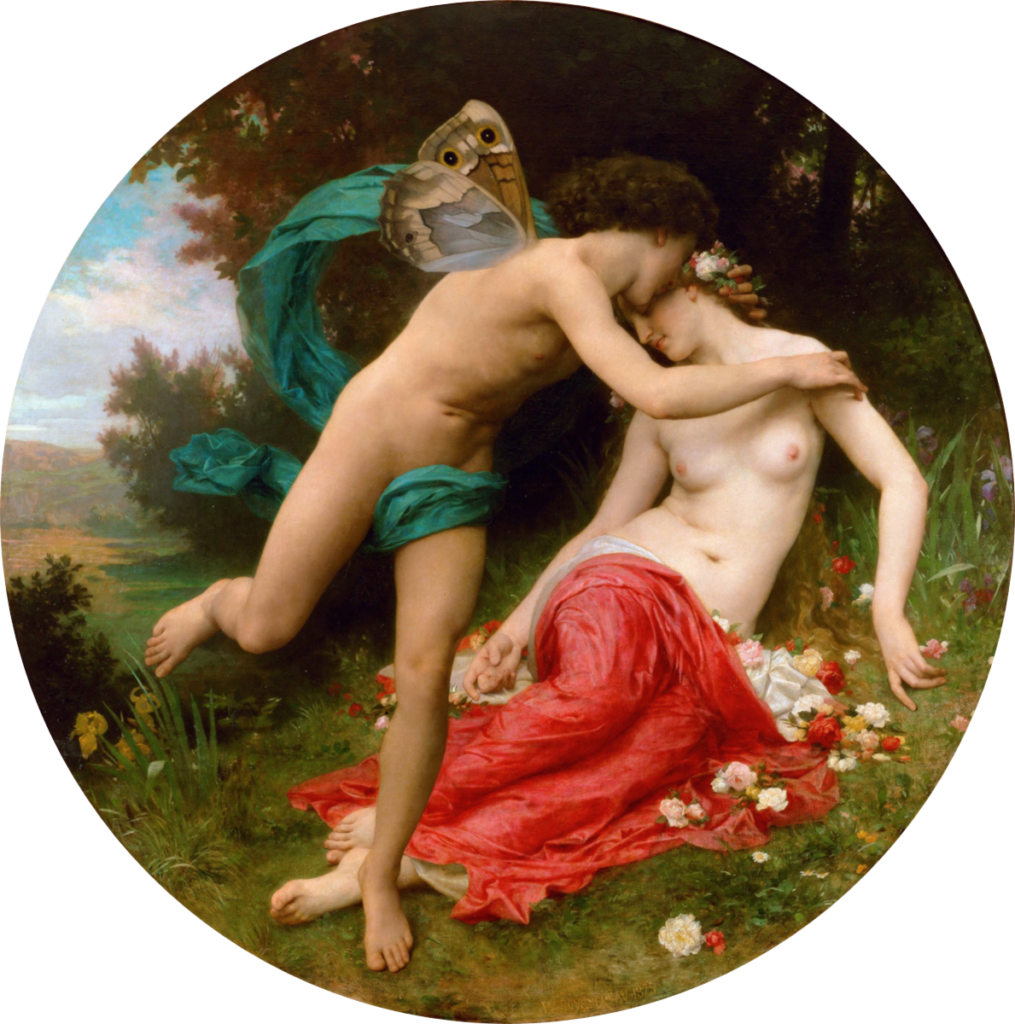
William-Adolphe_Bouguereau_Flora_And_Zephyr_(1875)
In the story of Eros and Psyche, Zephyrus served Eros (or Cupid) by transporting Psyche to his abode.
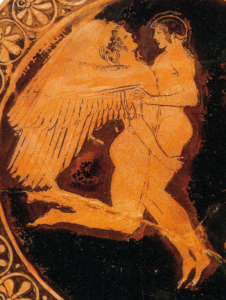
Zephyr and Hyakinthos
Zephyrus was also claimed to have killed one of Apollo’s many male lovers Hyacinth out of jealousy. Hyacinth was killed by a discus thrown by Apollo. Though according to some sources, his death was said to be an accident, others said that Zephyrus was the true culprit, having blown the discus off course.
“Zephyrus” seems to come from “gloominess” (“zophos”), doubtlessly a reference to sunset.
Skiron
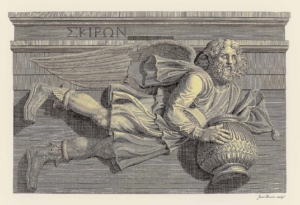
Skiron (Σκίρων) was the name used in Athens for the wind which blew from the Scironian rocks (a geographical feature near Kineta to the west of Athens). On the Tower of the Winds, however, he appears on the northwest side. His name is related to Skirophorion, the last of the three months of spring in the Attic calendar. He is depicted as a bearded man tilting a cauldron, representing the onset of winter. His Roman counterpart is Caurus or Corus. Caurus is also one of the oldest Roman wind-deities, and numbered among the di indigetes (“indigenous gods’”, a group of abstract and largely minor numinous entities).
Argestes “clearing”, a wind blowing from about the same direction as Skiron (Caurus), and probably another name for it.
Olympias, apparently identified with Skiron/Argestes.
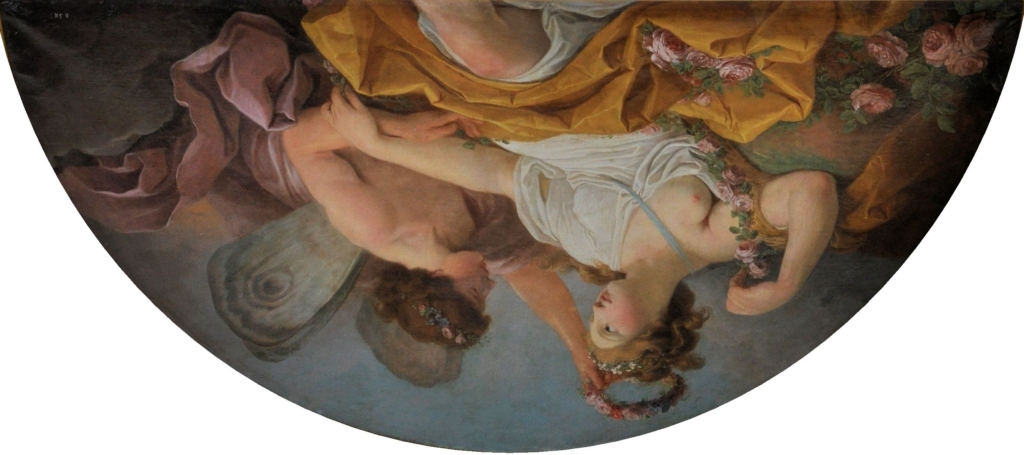
Charles_Monnet_Zéphir_et_Flore_1768
Aristotle – Winds
The ancient Greek philosopher Aristotle, in his Meteorology (c. 340 BCE), introduced a ten-to-twelve wind system. One reading of his system is that there are eight principal winds: Aparctias (N), Caecias (NE), Apeliotes (E), Eurus (SE), Notos (S), Lips (SW), Zephyrus (W) and Argestes (NW). Aristotle then goes on to add two half-winds, Thrascias (NNW) and Meses (NNE), noting that they “have no contraries”. Later, however, Aristotle suggests the Phoenicias wind for the SSE (blows locally in some places), but suggests nothing for SSW. So, seen this way, Aristotle really has an asymmetric windrose of ten winds, as two winds are effectively missing or only local.
Among the new winds are the Argestes (ἀργέστης) meaning “clearing” or “brightening”, a reference to the northwest wind sweeping away clouds. Argestes’s variants, Olympias (ὀλυμπίας) and Sciron (σκίρων) are local Athenian names, a reference to Mount Olympus and the Sciros rocks in Megara.
Other winds – Aristotle
Phoenicias (φοινικίας) comes “from Phoenicia” (to the southeast of Greece) and Thrascias (θρασκίας) from Thrace (in Aristotle’s day, Thrace covered a larger area than today, including the north-northwest of Greece). Finally, Meses (μέσης) might simply mean “middle”, presumably because it was a half-wind.
References / Resources
https://en.wikipedia.org/wiki/Anemoi#Minor_winds
https://en.wikipedia.org/wiki/Classical_compass_winds
https://commons.wikimedia.org/wiki/Category:Reliefs_of_the_Tower_of_the_Winds
https://commons.wikimedia.org/wiki/Category:Anemoi

